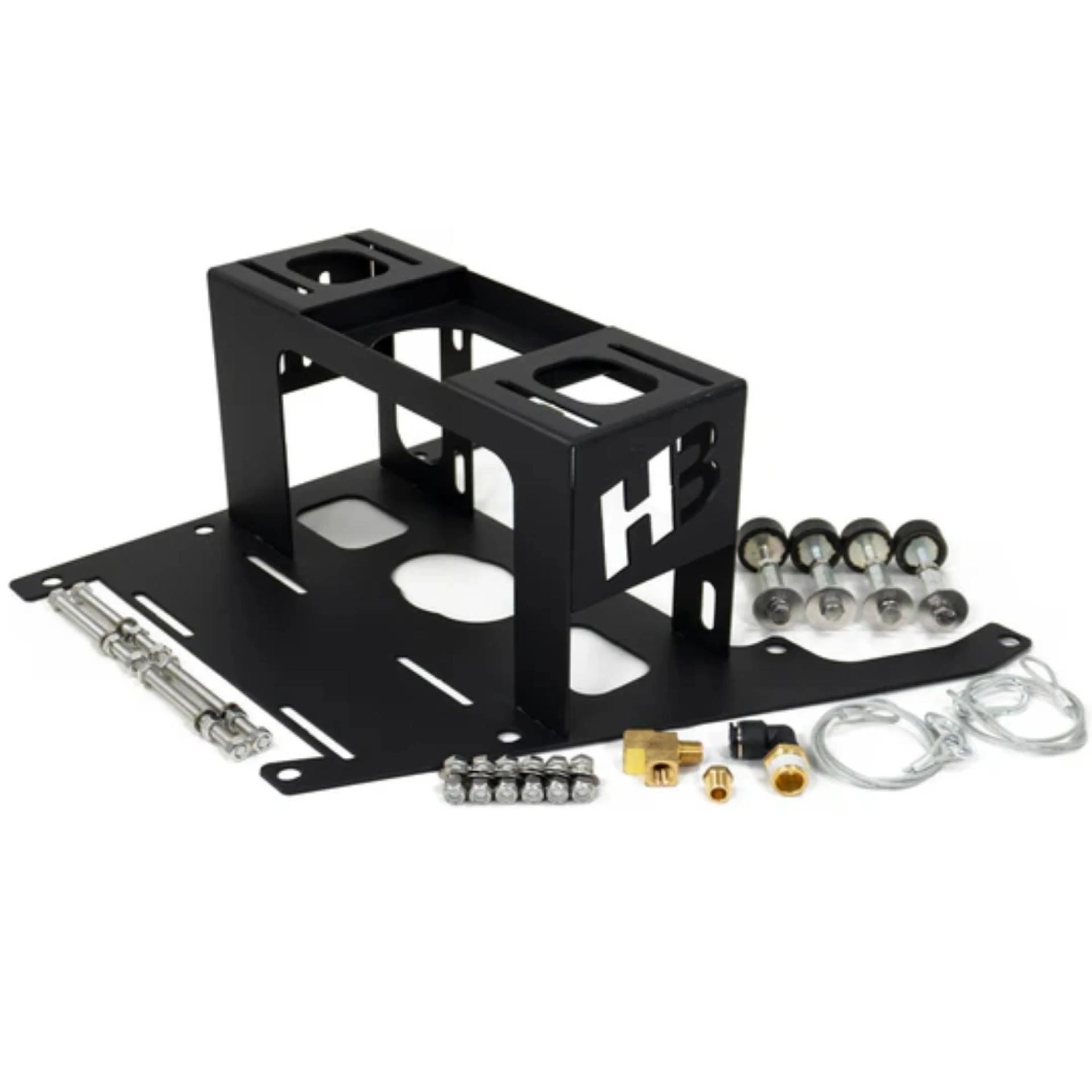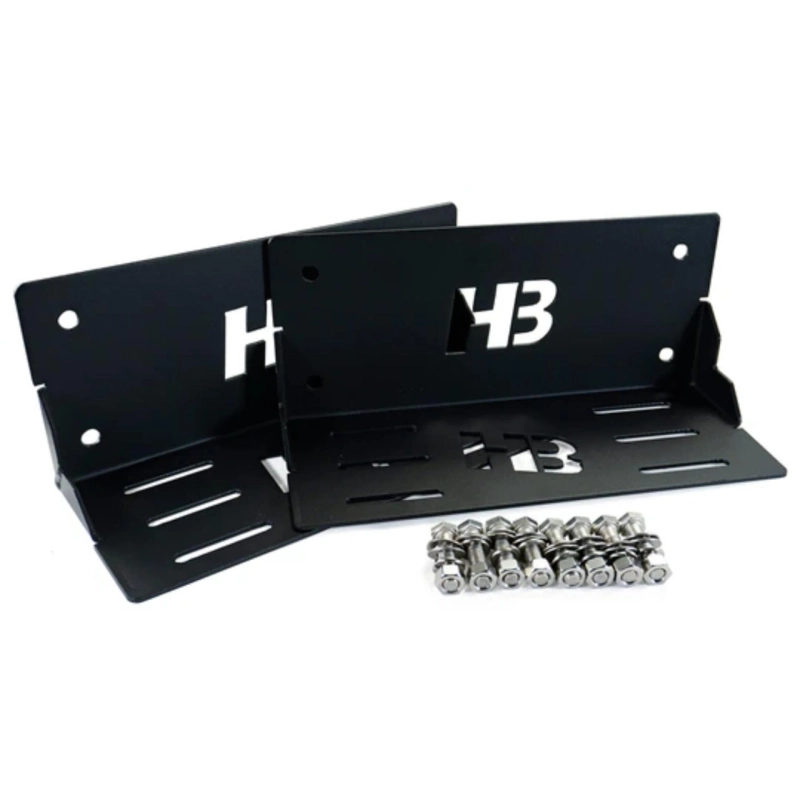If you're planning any DIY improvements or home upgrades, chances are you'll need to use installation brackets at some point. Whether you're mounting shelves, installing a TV, or reinforcing furniture, brackets provide essential support and stability. But not all brackets are created equal—choosing the wrong type can lead to weak construction, safety hazards, or even a total failure of your project. That’s why understanding your options and selecting the right installation brackets is so important.
In this guide, we’ll break down the different types of brackets, what factors to consider before buying, and how to match the right bracket with your specific home project.
What Are Installation Brackets?
Installation brackets are structural or supportive components used to fix, mount, or hold objects in place. They're typically made from metal, plastic, or wood, and come in various shapes and sizes depending on their function. From securing kitchen cabinets to hanging artwork, installation brackets serve both decorative and load-bearing purposes.
Common Types of Installation Brackets
Let’s take a closer look at some of the most common types of installation brackets you’ll come across:
1. L-Brackets (Angle Brackets)
These are right-angled brackets shaped like an “L” and are great for joining two parts at a 90-degree angle. They’re often used to support shelves, reinforce joints in furniture, or mount cabinetry.
2. Floating Shelf Brackets
These are hidden from view once installed, giving your shelf a “floating” look. They’re stylish and modern, but you need to ensure they’re rated to support the weight of what you plan to place on the shelf.
3. Corner Brackets
Used for reinforcing corners in wooden frames or boxes, these brackets typically have multiple holes for screws and provide additional stability to structures.
4. Z-Brackets
These are commonly used for mounting solar panels or metal structures. Their “Z” shape makes them ideal for aligning materials that aren’t flush.
5. TV Mounting Brackets
These brackets are designed to hold your television securely against a wall. They often come with adjustability features like tilting or swiveling.
6. Pipe or Rod Brackets
Perfect for curtain rods, closet rods, or even industrial-style shelving, these brackets are designed to support cylindrical objects.
7. Heavy-Duty Brackets
When you need to support large weights—like kitchen countertops, workbenches, or outdoor installations—heavy-duty installation brackets made of thick steel are the way to go.
Key Factors to Consider When Choosing Installation Brackets
Choosing the right bracket for your home project means taking several key factors into account. Here's what you should keep in mind:
1. Weight Capacity
Every bracket has a maximum load it can support. Before purchasing, estimate the total weight the bracket will need to handle. Don't forget to account for the weight of the item itself and anything you plan to put on or in it (like books, electronics, or cookware).
2. Material
Installation brackets are typically made from materials like:
- Steel (strong and durable, great for heavy-duty use)
- Aluminum (lightweight but strong)
- Plastic (suitable for lighter applications)
- Wood (decorative and great for matching with furniture)
Match the bracket material with the function and aesthetics of your project.
3. Size and Dimensions
The size of your bracket should match the dimensions of the project. If you're installing a wide shelf, the bracket should extend far enough to support the load evenly. Also, make sure the bracket doesn’t stick out or interfere with other design elements.
4. Mounting Surface
Is your wall made of drywall, concrete, brick, or wood? Some brackets require anchors or special mounting hardware depending on the surface. Drywall, for example, may need toggle bolts, while masonry might call for concrete anchors.
5. Style and Aesthetics
Brackets aren’t just about function—they can also add to the overall look of your project. If you're installing open shelving in your kitchen, for instance, you might want decorative wrought iron brackets. If the bracket will be hidden, like behind a TV or under a cabinet, appearance is less important.
6. Ease of Installation
Some brackets are easier to install than others. If you’re a DIY beginner, look for brackets that come with clear instructions, mounting hardware, and a straightforward design. If your project requires precise alignment, such as a TV mount, make sure your bracket allows for adjustment.
7. Indoor vs. Outdoor Use
If your project is outdoors, such as installing a patio awning or garden trellis, choose installation brackets that are weather-resistant. Look for galvanized or powder-coated finishes that can withstand rain, sun, and temperature changes.

Matching Installation Brackets to Your Project
Here are a few common household projects and the best types of brackets for each:
- Floating Shelves
Use hidden shelf brackets that screw into wall studs. Make sure they’re strong enough to hold the weight of your shelf and its contents.
- TV Wall Mounting
Choose a bracket that matches the size and weight of your TV. Look for VESA-compatible mounts and confirm whether you want a fixed, tilting, or full-motion bracket.
- Installing Cabinets
Heavy-duty L-brackets or corner brackets can help reinforce cabinet joints and anchor them securely to the wall.
- Hanging Plants or Lights
Use ceiling-mounted hook brackets or angle brackets with a high load rating, especially if you’re drilling into drywall or plaster.
- DIY Workbenches
Steel installation brackets are best here. Look for heavy-duty corner or flat brackets that add strength to your build.
- Curtain Rods
Choose brackets that match the diameter of your rod. Make sure they’re anchored securely into studs or use drywall anchors for extra support.
Installation Tips for Best Results
- Always Use a Level: Uneven brackets can ruin the look and function of your project.
- Find the Studs: For heavier installations, mount your brackets directly into wall studs.
- Measure Twice: It’s a simple step, but it saves you from drilling unnecessary holes.
- Don’t Over-Tighten Screws: This can damage the wall or strip the screw holes.
- Use the Right Tools: A drill, screwdriver, level, and stud finder are basic must-haves.
Where to Buy Quality Installation Brackets
You can find installation brackets at hardware stores, home improvement centers, and online retailers. Look for well-reviewed brands and avoid ultra-cheap products that may compromise strength and quality. Some trusted places to shop include:
- Home Depot
- Lowe’s
- Ace Hardware
- Amazon
- Rockler (for woodworking brackets)
- McMaster-Carr (for industrial applications)
Final Thoughts
Choosing the right installation brackets isn’t just about making sure things stay in place—it’s about safety, functionality, and the overall success of your home project. By understanding the types of brackets available, evaluating your specific needs, and installing them properly, you’ll ensure your DIY efforts stand the test of time.
So next time you're working on a new home improvement task, don't overlook the importance of quality installation brackets. They might be small, but they make a big impact on getting the job done right.

